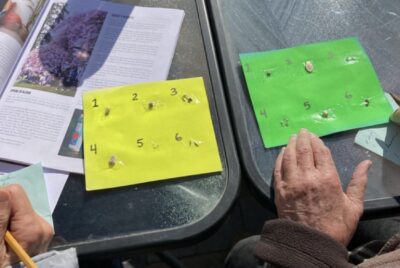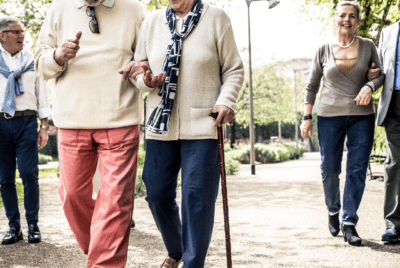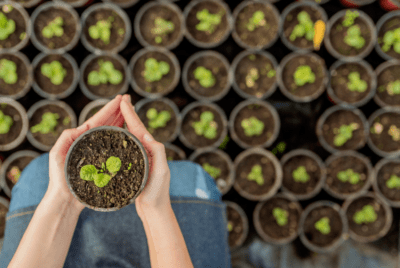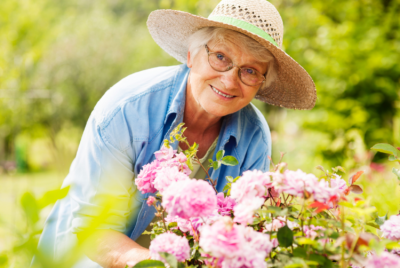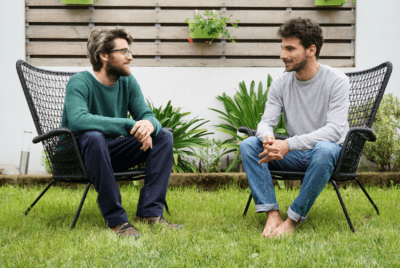RESEARCH
Physiological and Psychological Responses of Humans to the Index of Greenness of an Interior Space
Summary
This study aimed to find out the best amount of greenery to have in an indoor space by looking at how it affects people’s bodies and minds, and what people like best. Researchers brought 103 adults (51 men and 52 women) into a lab at Konkuk University in South Korea. Each person looked at plants inside the space for 3 minutes with different levels of greenness: 5%, 20%, 50%, and 80%. While they were looking, the researchers measured their heart rate and brain activity. After seeing each level of greenness, the participants answered surveys about how much they liked it and how green they thought it looked. The study made sure other things in the room, like the type of plant and the lighting, stayed the same to focus only on the amount of green.
The study team then used computers to analyze the measurements of heart rate and brain activity, as well as the answers from the surveys. They compared the results for the different amounts of green and also looked to see if men and women responded differently. They specifically looked at how the heart rate changed, which can tell us about relaxation and stress, and at certain parts of the brain linked to thinking and seeing. People also described their feelings about the different amounts of green using word scales.


